Revolutionize Home Safety: Exploring the Advancements in Chimney Liner Technologies
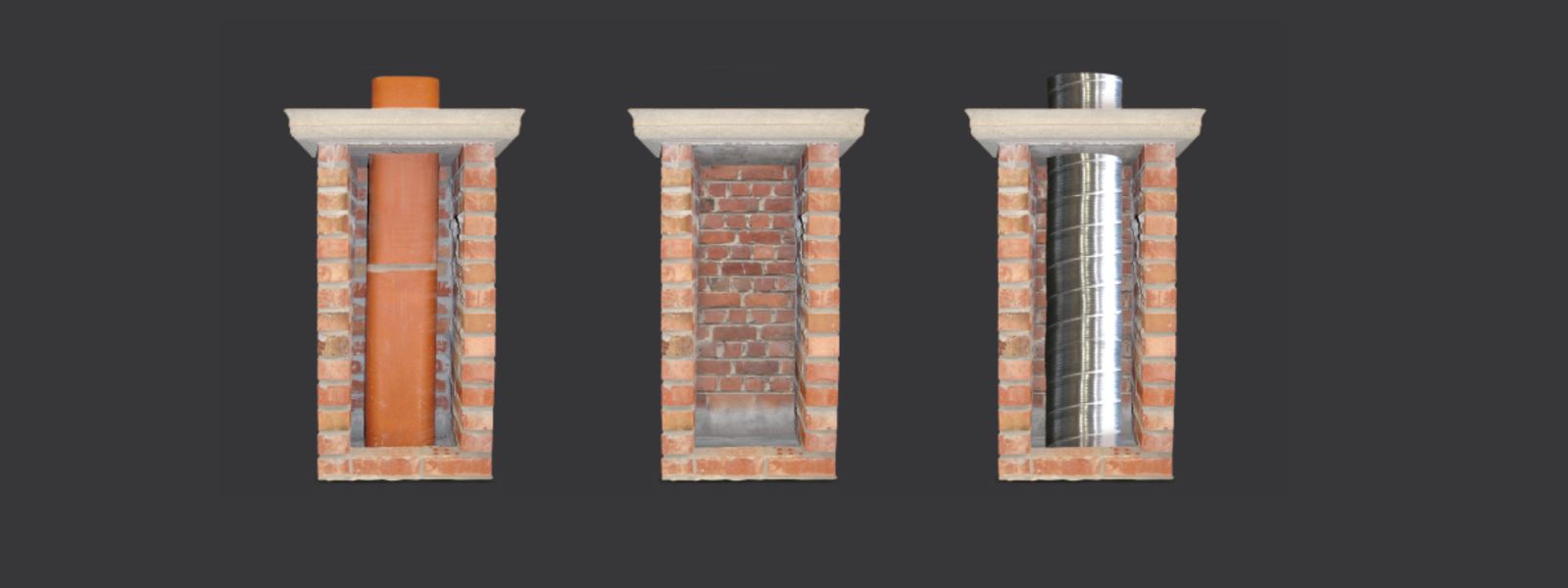
Introduction
Did you know that an improperly functioning chimney can lead to dangerous house fires and carbon monoxide leaks? Ensuring the safety of your home and loved ones is of utmost importance, which is why it’s vital to stay up-to-date with advancements in chimney liner technologies. In this article, we will explore how these innovations are revolutionizing home safety.
From traditional clay and metal liners to the latest cutting-edge materials like stainless steel and aluminum, chimney liners have come a long way. These modern liners boast impressive features such as improved insulation, excellent resistance to corrosion and creosote buildup, and enhanced durability. By choosing the right chimney liner for your home, you can significantly reduce the risk of chimney fires, smoke damage, and toxic gas leaks.
Join us as we delve into the world of chimney liner technologies and discover how these advancements can protect your home and enhance your peace of mind. Stay informed and ensure the safety of your household by understanding the benefits offered by the latest chimney liner innovations.
Importance of Chimney Liners in Home Safety
Chimney liners play a crucial role in maintaining the safety of your home. They serve as a protective barrier between the hot flue gases and the combustible materials in your chimney walls. Without a chimney liner, the heat and gases can easily penetrate the surrounding bricks or mortar, leading to structural damage and increased risk of fire.
Additionally, chimney liners help to improve the efficiency of your fireplace or stove by creating a smooth and insulated passageway for the smoke and gases to exit your home. This prevents the buildup of dangerous creosote, a flammable substance that can ignite and cause chimney fires. By investing in a quality chimney liner, you can ensure that your fireplace or stove operates at its best while keeping your home safe.
Traditional Chimney Liners vs. Advanced Chimney Liner Technologies
In the past, traditional chimney liners were typically made of clay or metal. While these liners served their purpose, they had several limitations. Clay liners, for example, were prone to cracking and deteriorating over time, which compromised their effectiveness. Metal liners, on the other hand, were susceptible to corrosion and required regular maintenance to prevent leaks.
With the advancements in chimney liner technologies, homeowners now have access to a wide range of options that offer significant improvements over traditional liners. Modern chimney liners are designed to withstand high temperatures, resist corrosion, and provide better insulation. This not only enhances the safety of your home but also improves the efficiency of your fireplace or stove.
Benefits of Advanced Chimney Liner Technologies
The advancements in chimney liner technologies bring a host of benefits to homeowners looking to improve the safety and performance of their chimneys. Here are some key advantages offered by advanced chimney liners:
1. Enhanced Safety: Advanced chimney liners are designed to withstand high temperatures and prevent the transfer of heat to the surrounding walls. This reduces the risk of chimney fires and structural damage caused by overheating.
2. Improved Insulation: Modern chimney liners are highly insulated, which helps to maintain optimal temperatures within the flue. This results in better draft and prevents the formation of creosote, reducing the risk of chimney fires.
3. Corrosion Resistance: Many advanced chimney liners are constructed from materials like stainless steel or aluminum that are highly resistant to corrosion. This ensures the longevity of the liner, reducing the need for frequent replacements or repairs.
4. Reduced Creosote Buildup: The smooth surfaces of advanced chimney liners prevent creosote from adhering to the walls of the flue. This minimizes the accumulation of this flammable substance, reducing the risk of chimney fires.
5. Increased Durability: Advanced chimney liners are built to last. They are designed to withstand the harsh conditions of chimney operation, including extreme temperatures and exposure to corrosive gases. This ensures long-term performance and peace of mind for homeowners.
Different Types of Advanced Chimney Liners
When it comes to advanced chimney liners, homeowners have a variety of options to choose from. Each type of liner offers unique benefits and is suitable for different chimney systems. Here are some popular types of advanced chimney liners:
1. Stainless Steel Liners: Stainless steel liners are highly versatile and can be used for both wood-burning and gas-burning appliances. They offer excellent corrosion resistance, durability, and improved insulation.
2. Aluminum Liners: Aluminum liners are lightweight and cost-effective options for chimneys that require relining. They are suitable for gas-burning appliances and provide good resistance to corrosion.
3. Cast-in-Place Liners: Cast-in-place liners involve pouring a special cement-like mixture directly into the chimney, creating a seamless and durable liner. They are ideal for chimneys with irregular shapes or extensive damage.
4. Ceramic Insulated Liners: Ceramic insulated liners are designed to provide superior insulation and durability. They are well-suited for high-efficiency appliances and can withstand extreme temperatures.
Factors to Consider When Choosing a Chimney Liner
Selecting the right chimney liner for your home involves considering several important factors. Here are some key elements to keep in mind:
1. Appliance Type: Determine whether you have a wood-burning or gas-burning appliance and choose a chimney liner that is compatible with your specific needs.
2. Chimney Size: Measure the dimensions of your chimney to ensure that the liner you choose fits properly and provides adequate coverage.
3. Material Quality: Opt for high-quality materials that offer excellent resistance to heat, corrosion, and creosote buildup. Stainless steel and aluminum liners are popular choices due to their durability and performance.
4. Professional Installation: It is crucial to hire a qualified professional for the installation of your chimney liner. Proper installation ensures optimal performance and long-term safety.
Installation Process of Advanced Chimney Liners
The installation of advanced chimney liners typically involves several steps:
1. Inspection and Cleaning: Before installing a new liner, the chimney should be thoroughly inspected and cleaned to remove any debris, creosote buildup, or obstructions.
2. Liner Preparation: The chosen liner material is cut to the appropriate length and size, ensuring a proper fit within the chimney.
3. Liner Insertion: The liner is carefully inserted into the chimney, ensuring it is centered and securely positioned.
4. Connection and Sealing: The liner is connected to the appliance or flue collar, and any gaps or joints are sealed to prevent leakage.
5. Insulation: In some cases, insulation may be added around the liner to further enhance its performance and reduce heat transfer.
6. Final Inspection: Once the installation is complete, a final inspection is conducted to ensure that the liner is properly installed and meets safety standards.
Maintenance and Care for Advanced Chimney Liners
To ensure the longevity and optimal performance of your advanced chimney liner, regular maintenance and care are essential. Here are some tips to keep in mind:
1. Annual Inspections: Schedule annual inspections with a professional chimney sweep to check for any signs of damage, blockages, or deterioration.
2. Regular Cleaning: Regularly clean your chimney to remove creosote buildup and any debris that may obstruct the flue.
3. Monitor Appliance Operation: Pay attention to the performance of your appliance and address any issues promptly. Changes in draft or smoke patterns may indicate a problem with the chimney liner.
4. Avoid Harsh Chemicals: Use only approved cleaning solutions and avoid harsh chemicals that can damage the liner or compromise its integrity.
5. Repair Damage Promptly: If you notice any signs of damage, such as cracks or gaps in the liner, contact a professional chimney technician to perform the necessary repairs.
Cost Considerations of Advanced Chimney Liners
The cost of installing an advanced chimney liner can vary depending on several factors, including the type of liner, chimney size, and installation complexity. While advanced chimney liners may have a higher upfront cost compared to traditional options, they offer long-term benefits that outweigh the initial investment.
Consider the potential savings in energy costs, reduced risk of chimney fires, and increased lifespan of your chimney when evaluating the cost-effectiveness of advanced chimney liners. It’s essential to prioritize safety and choose a high-quality liner that best suits your specific needs and budget.
Conclusion: Embracing the Future of Chimney Safety
With the rapid advancements in chimney liner technologies, homeowners now have access to innovative solutions that greatly enhance home safety. From improved insulation and corrosion resistance to reduced creosote buildup and increased durability, advanced chimney liners offer a range of benefits.
By staying informed about the latest advancements and choosing the right chimney liner for your home, you can prevent chimney fires, protect your loved ones, and enjoy the peace of mind that comes with a properly functioning chimney. Embrace the future of chimney safety and ensure the long-term performance and safety of your home.

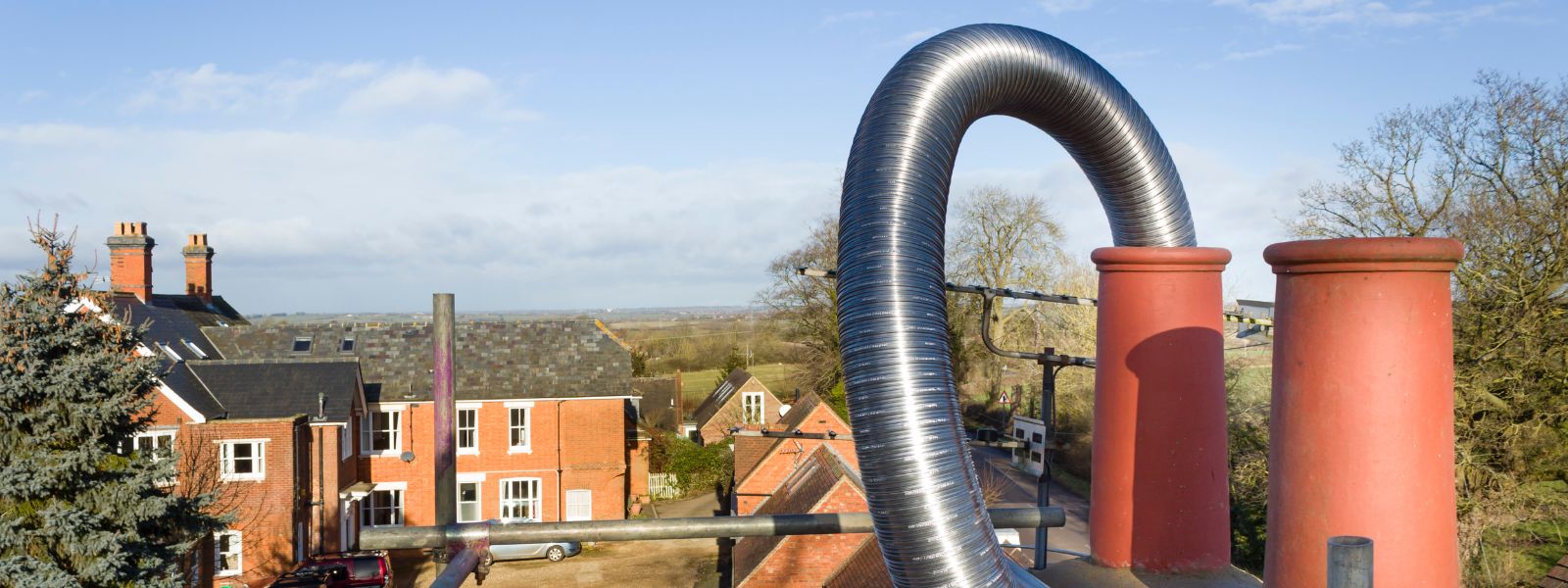
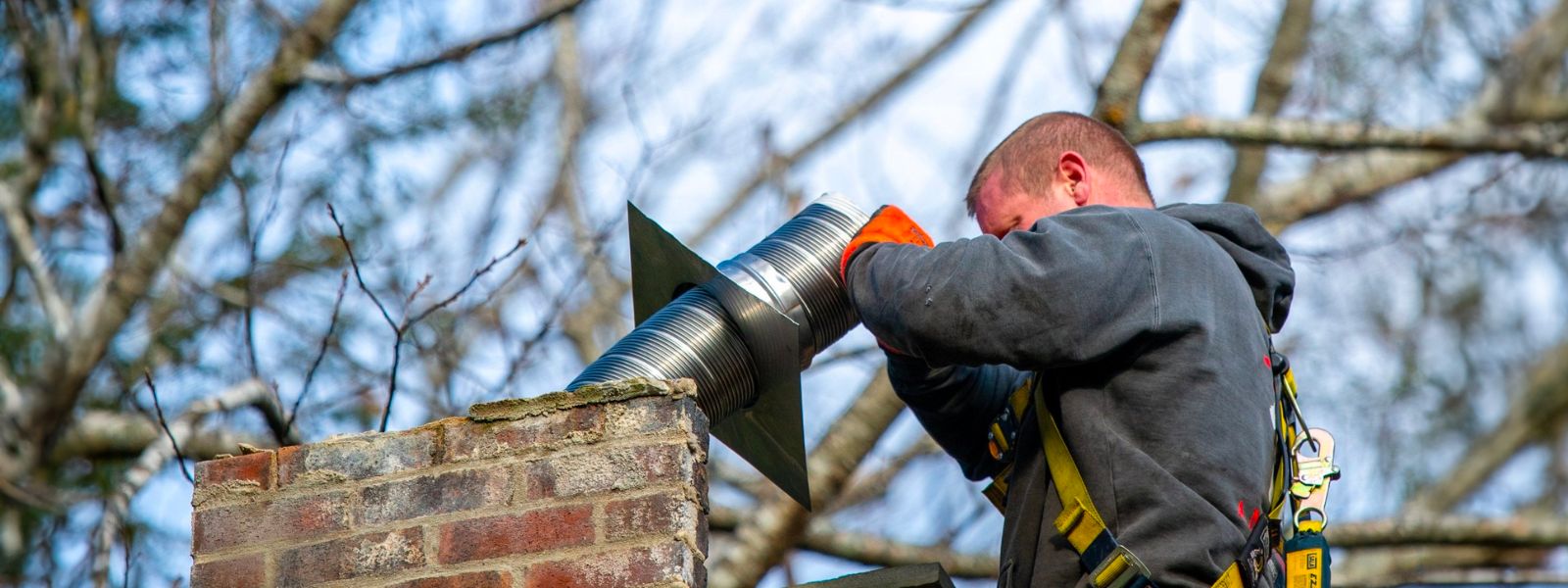
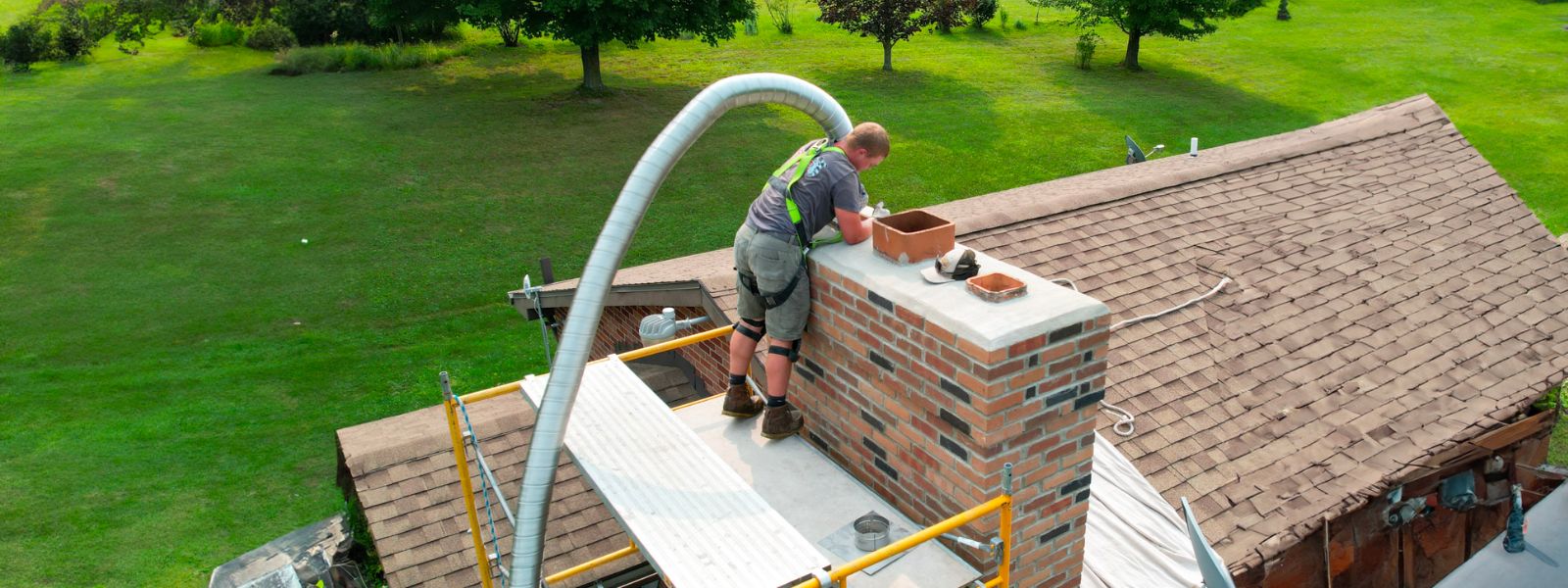
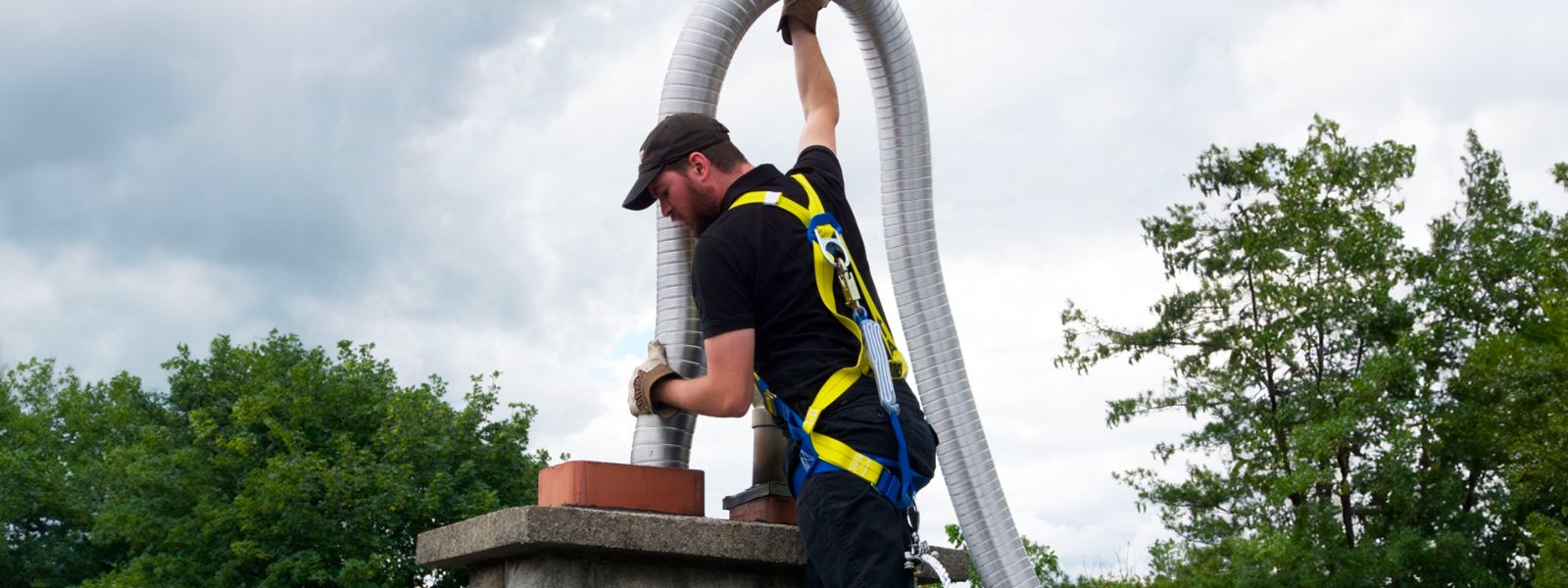

I’m really impressed along with your writing abilities and also with the structure to your blog. Is that this a paid subject or did you customize it your self? Anyway keep up the excellent high quality writing, it is rare to see a nice weblog like this one these days!
Your article helped me a lot, is there any more related content? Thanks!
Thanks for sharing. I read many of your blog posts, cool, your blog is very good. https://www.binance.com/join?ref=P9L9FQKY
Thank you for your sharing. I am worried that I lack creative ideas. It is your article that makes me full of hope. Thank you. But, I have a question, can you help me? https://www.binance.info/da-DK/register-person?ref=V2H9AFPY
Can you be more specific about the content of your article? After reading it, I still have some doubts. Hope you can help me.
Win55vips… VIP treatment, huh? Hope it lives up to the name. Anyone had any luck here? Good bonuses? Let me know! Here’s the link anyway: win55vips
Anyone using the bet669app? Downloaded it the other day, and it’s pretty smooth. Easy to navigate while you’re on the go. It also seems they have some solid promos! Check it: bet669app
Alright, u555bet, let’s see what you’ve got. That name is certainly…memorable. Hoping the experience matches. Tell me the inside scoop! u555bet
Can you be more specific about the content of your article? After reading it, I still have some doubts. Hope you can help me.
Yo, 786game is giving some interesting vibes. Gave it a shot and its quite fun! Check them out when you have a chance 786game.